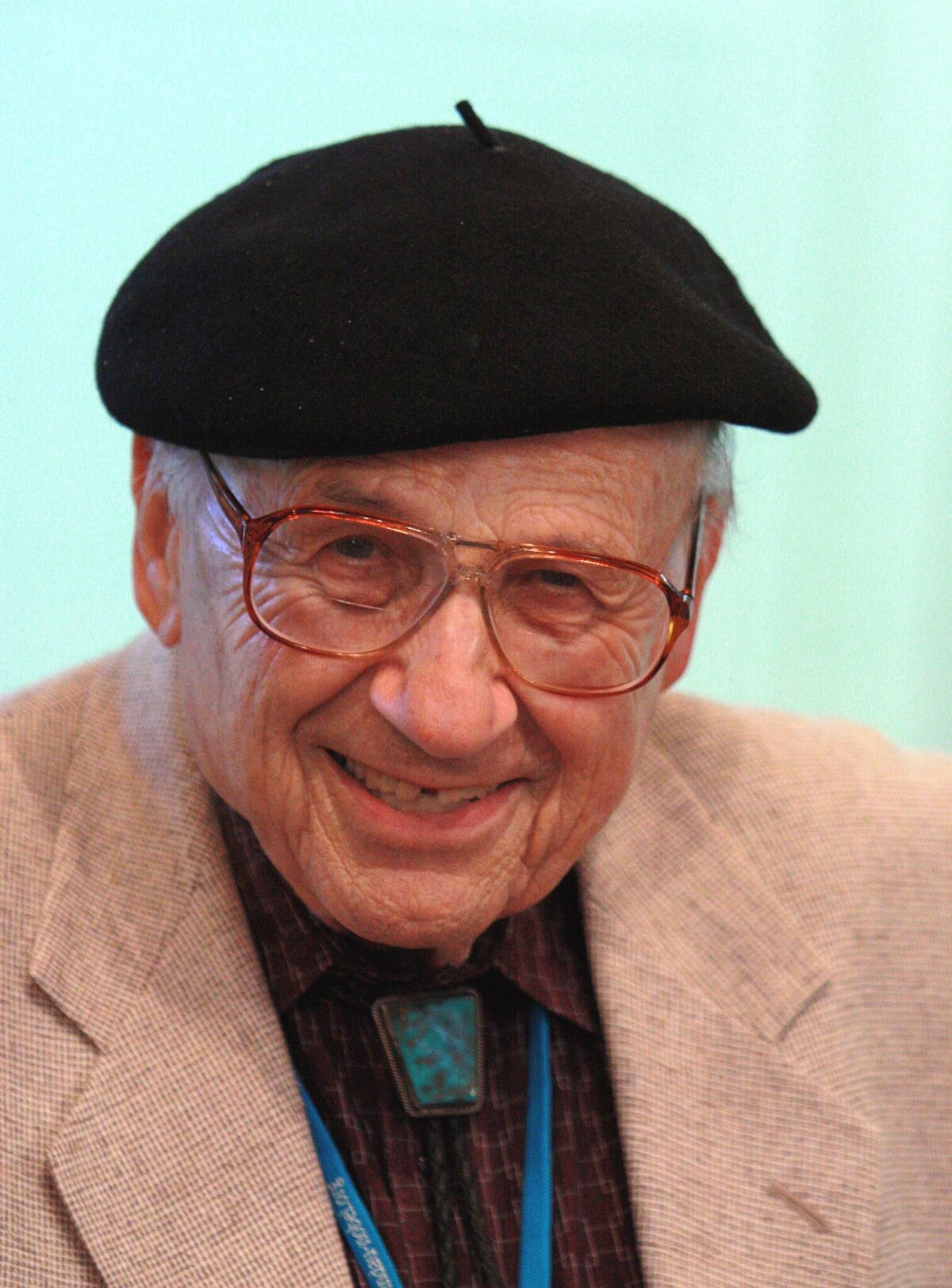During a ten-month period from December 1938 until September 1939, Britain admitted more than 10,000 refugees up to the age of 18 from Germany, Austria, Czechoslovakia and Poland under a special immigration program known as the kindertransport. Introduced a month after the Kristallnacht pogrom in Germany, it was a hastily assembled visa waiver scheme financed by charities and private donations.
This unique refugee program, which may be remembered as International Holocaust Remembrance Day is marked today, is the subject of Andrea Hammel’s thoughtful and sober book, The Kindertransport: What Really Happened, published by Polity Press. Hammel, the director of the Centre for the Movement of People at Aberystwyth University, presents it as a utilitarian scheme all but bereft of altruistic motives.
In her view, public pressure compelled the government to accede to it. As she points out, Britain in the 1930s was mainly concerned with keeping Jewish refugees away from its shores rather than helping them escape from countries that persecuted them or in which they were imperilled.
From April 1938 onward, she explains, a person who sought entry into Britain needed a visa. Visas were granted only to refugees whose presence would be advantageous to Britain. Refugees who qualified for visas included well-known artists and academics, entrepreneurs who could establish a business employing British citizens, and people willing to work as household domestics.
From 1933 until the spring of 1938, 10,000 refugees had entered Britain without visas.
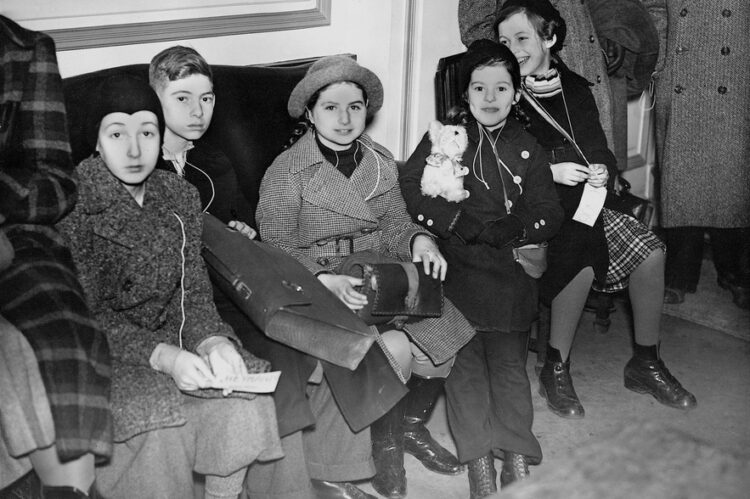
After Kristallnacht, a prelude to the Holocaust, Britain relaxed its restrictive immigration policy to accommodate the children of Jews facing danger. Even so, the government demanded that a guarantee of 50 British pounds, a large of sum of money at the time, had to attached to every child refugee so that he or she would not become a burden on the public.
The first kindertransport from Germany left Berlin on December 1, 1938. The first one from Vienna departed nine days later. As a result, 9,500 German and Austrian children were able to leave the European continent.
Transports from Czechoslovakia and Poland arrived from Prague and Danzig shortly afterward.
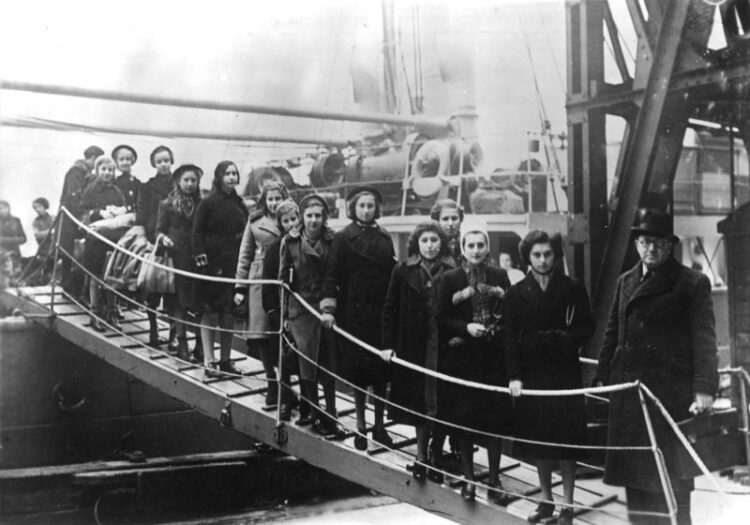
There was no shortage of foster parents. “There is little evidence that the number of Kindertransportees was ever limited by a lack of foster parents,” she writes. “Foster placements were offered by people from all backgrounds, social classes and income brackets.”
Zionist organizations, eager to recruit young people for eventual settlement in Palestine, set up agricultural training camps for the newcomers in Britain. The largest camp, in Gwrych Castle, was in Wales.
While Hammel hails the kindertransport as a “remarkable achievement,” she argues that the government could have done more to ease the children’s integration into British society. “The lack of government support in funding and organizational terms resulted in issues that led to serious problems … There was little support for the child refugee themselves to cope with the experience of being persecuted, uprooted and separated from their parents.”
There was also no real attempt to match children with proper foster parents with respect to their cultural and religious backgrounds. While most of the children were Jewish, the vast majority of foster parents were Christians.
In Hammel’s estimation, 20 percent of the children did not consider themselves Jewish. But under Nazi racial laws, they were listed as Jews.
Some of the children were bullied because they were German speakers. Still others ran into a wall of antisemitism. Many children were encouraged or forced to anglicize their names.
Hammel claims there is no reliable data to determine how many of the children saw their parents again after the war. Toward the close of the book, however, she says that 54 percent of the children’s parents were killed. In a few cases, parents joined children in Britain, she adds.
She weaves the cases of two girls into the narrative.
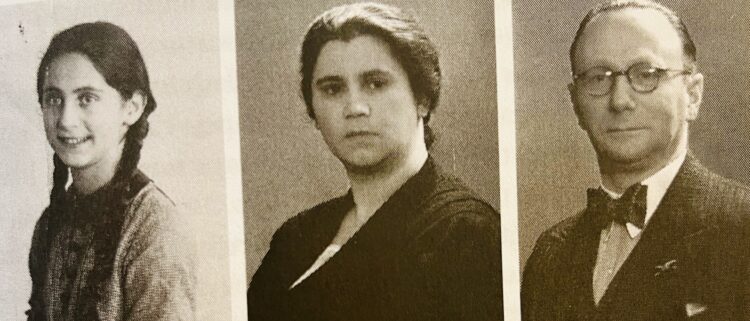
Eva Mosbacher, a 12-year-old from the city of Nuremberg, left Germany in May 1939. Her parents, Otto and Hedwig, were unable to flee, and were murdered in 1942. Their fate weighed heavily on Eva, who became a registered nurse in Britain.
Beate Maria Siegel, a 14-year-old resident of Munich, reached Britain after her father, Michael, a lawyer, was severely beaten by Nazi thugs and paraded through the city. He and his wife managed to escape to Peru in 1940.
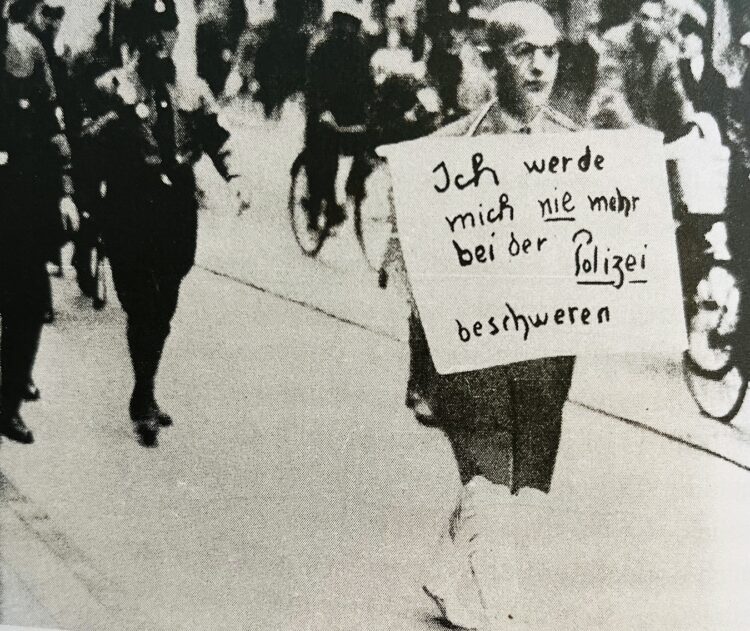
Many of the children remained in Britain in the wake of the war, but some immigrated to the United States and still others returned to their ancestral homelands. One such refugee, Inge Backwitz, a communist, settled in East Germany in 1947.
Several kindertransport children achieved prominence.

Walter Kohn and Leslie Baruch Brent, both of whom were distinguished scientists, won Nobel prizes. Lord Alf Dubs was a Labor Party stalwart. Dame Steve Shirley was a well-known entrepreneur.
Hammel tells their story, an important footnote in the Holocaust, skillfully and with empathy.
